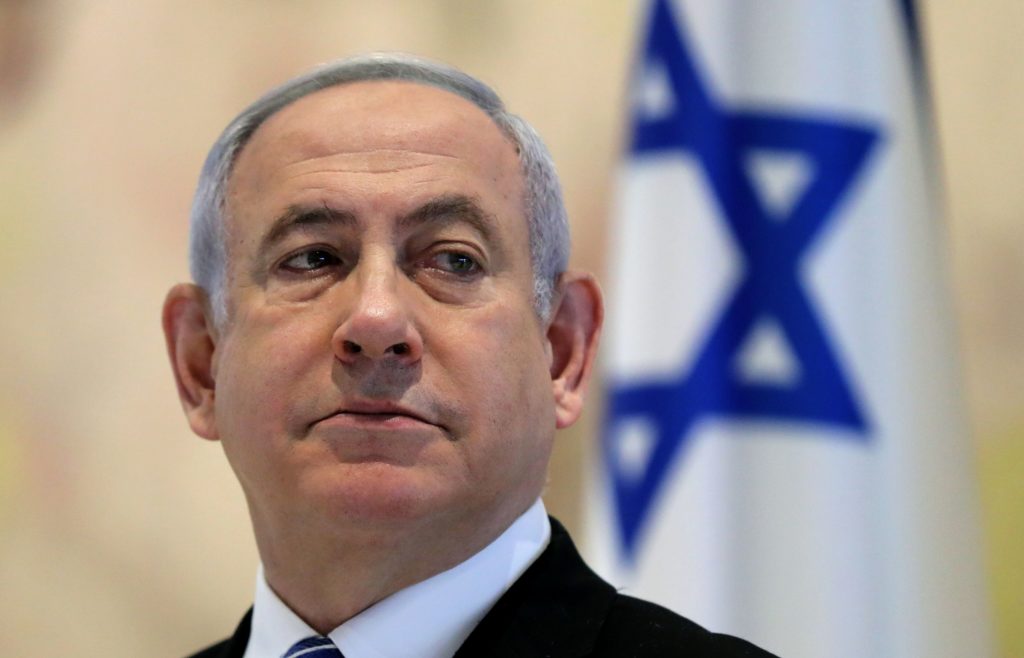World News / 17 October 2023
Gaza’s humanitarian crisis, and fears of conflict spreading

The Squiz
The city of Khan Younis in Gaza’s south is chockas as close to 500,000 Gazans from the north of the territory heed Israel’s warning to flee the area ahead of an expected invasion. Philippe Lazzarini, the top official of the United Nations Relief and Works Agency, says that “Gaza is being strangled” by Israel’s blockade on food, water, medicine, and fuel into the territory. Reports say Israel has agreed to allow water into the southern part of Gaza after pressure from the US, but the UN is still warning that thousands of hospital patients will be at risk when backup generators run out of fuel reserves. It’s a situation that’s seen US Secretary of State Antony Bliken return to Israel as diplomats hold frantic talks to ease the humanitarian crisis.
Remind me why Israel wants to get into Gaza…
Israel’s leaders have vowed to destroy Hamas, the terrorist organisation that controls Gaza and carried out the attacks on 7 October that saw 1,400 Israeli soldiers and civilians killed. It was the deadliest single day for Jews since the Holocaust. According to the Israel Defence Force, Hamas operates from underneath Gaza City, with the organisation claiming to have built 500km of tunnels under the densely populated strip of land. That’s helped them to hide from Israeli airstrikes, but Israeli PM Benjamin Netanyahu says he is determined to “dismantle Hamas” once and for all. Experts say that the expulsion of civilians from the north of Gaza could mean that Israel’s army is planning to bomb the tunnels – a strategy that will likely destroy structures above ground as well.
So what can world leaders and diplomats do?
Not a lot other than holding talks and anxiously hoping that the conflict doesn’t spiral out of control… The US has sent a second aircraft carrier towards the coast of Israel in recent days to deter escalation and help protect Israel. Looking further afield, the Iran-backed Hezbollah terrorist group is based in Lebanon, and Lebanese civilians are now afraid the group will attack Israel’s northern border and drag their country into war. Meanwhile, Iran (which also backs Hamas) has threatened escalation if Israel goes ahead with its planned ground invasion of Gaza. And to Israel’s south, Egypt is grappling with whether to let civilians escape through its land border with Gaza. UN boss Antonio Guterres summed up the situation, writing that we are “on the verge of the abyss in the Middle East”.
Know someone who'd be interested in this story? Click to share...
The Squiz Today
Your shortcut to being informed, we've got your news needs covered.
Also Making News
Get the Squiz Today newsletter
Quick, agenda-free news that doesn't take itself too seriously. Get on it.
